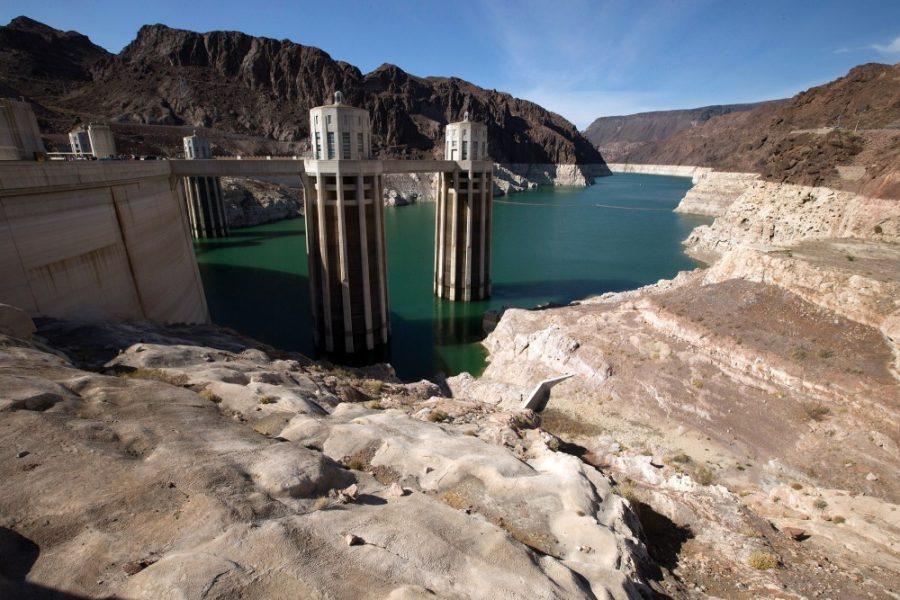Amid its worst drought in recorded history, California policymakers are trying to move the state’s water fight from bickering with Arizona over the Colorado River to more proactive efforts at home.
Lester Snow, the executive director for the California Water Foundation, presented some of the drought problems that the West Coast is facing during a seminar held in the Environmental and Natural Resources 2 building Monday.
The talk was open to the public and took a look behind the scenes of the drought and sustainable water management issues in California while discussing ideas related to individual water conservation.
According to Kathy Jacobs, the director for the Center for Climate Adaptation Science and Solutions and professor for the Department of Soil, Water and Environmental Science, Snow was one of the masterminds behind California’s new Sustainable Groundwater Management Act and has served as the state’s secretary for natural resources, director of its Department of Water Resources and as a regional director for the Bureau of Reclamation. He is also a UA alumnus of the Department of Hydrology and Water Resources.
Overconsumption and climate change have resulted in a long-term decline of the Colorado River. This continuous decline has caused a resource battle between California and Arizona, the shared border of which is outlined by the river. However, Snow said that while the states may fight, they still need to understand the other’s water problems and come to an agreement through simple means of communication.
“We need to use campaigns more often,” Snow said. “Perfect is the enemy of the good. You can’t do anything in this country without having a diverse coalition. You have to remember that, as one develops the strategy, one develops the information you’re going to use.”
In a Los Angeles Times column, reporter Michael Hiltzik wrote that the sign of decline is the wide ring around Lake Mead, the reservoir behind the Hoover Dam. Hiltzik stated that Lake Mead is at 40 percent capacity, only a couple feet above its lowest water level since it was first filled in 1935.
Snow stated that the challenges California faces—such as population increase, an aging infrastructure, groundwater overdraft and degraded ecosystems—are contributing to the conflict. To address these issues, California is refocusing its efforts on conserving groundwater.
The focus on groundwater will develop and protect leadership, reframe the debate and its compelling information, create new coalitions and make a policy reform.
The Groundwater Voices Coalition, a website created for water sustainability, is campaigning to make a change to save California residents from drinking contaminated water as the state enters its third year of drought. The coalition’s campaign slogan is, “Everyone’s talking about water. For once, they’re saying the same thing.”
The Sustainable Groundwater Management Act made a goal that within 20 years, California will achieve long-term groundwater sustainability. With the state’s financial and technical assistance, SGMA has come up with a plan to ensure everyone has reliable water by investing in water infrastructure through the creation of markets to move water and drive water conservation.
Madeline Kiser, co-founder of RioArte in Tucson, was surprised at how much of SGMA’s plan is one of communication and leadership. She asked Snow how much of this plan will be adopted into California’s state plan.
Snow said in reply to Kiser that the information developed in the campaign will be beneficial to everything the water foundation is doing for California.
“We need better management to protect California in an agricultural way,” Snow said. “The drought revealed fundamental reasons; we need to be prepared for a tough strategy and aware of what’s to come.”
Follow Gabriella Vukelic on Twitter.









